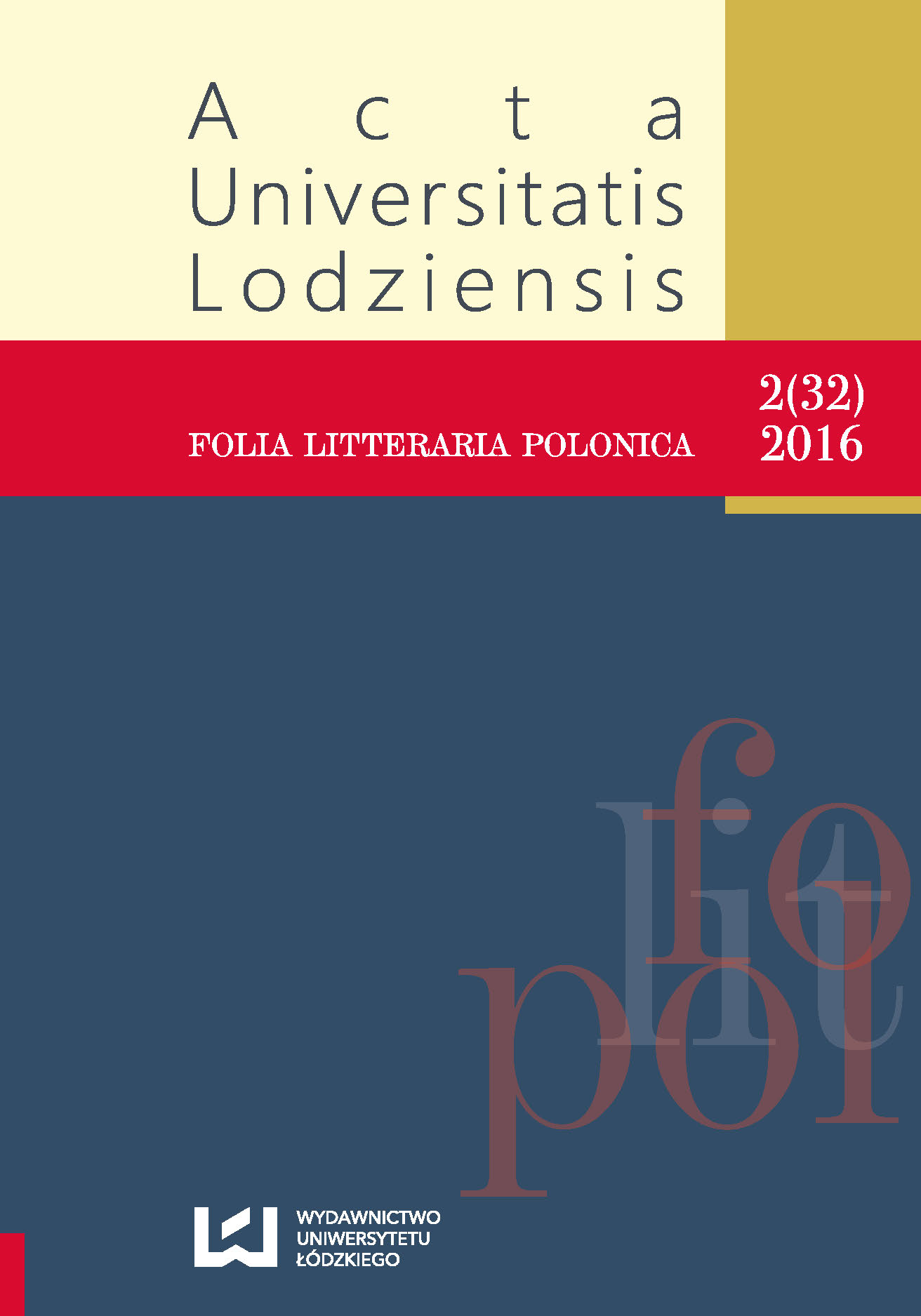Stylistyczne uwikłania artykułu poradnikowego (na przykładzie ogólnotematycznej prasy poradnikowej dla kobiet)
The stylistic conditioning of an advice-type article (based on general lifestyle press aimed at women)
Author(s): Monika WorsowiczSubject(s): Gender Studies, Media studies, Theoretical Linguistics, Applied Linguistics, Theory of Communication, Present Times (2010 - today)
Published by: Wydawnictwo Uniwersytetu Łódzkiego
Keywords: lifestyle press; advice-type article; stylistics;
Summary/Abstract: The advice article is one of the multiple forms of expression in use among general lifestyle magazines aimed at women. Its shape, both style and structure-wise, allows authors to exhaust all the possibilities of persuasive action, which is typical for this group of magazines. The analysis of the materials, taken from ten separate magazines published in the first quarter of 2016, shows that the stylistic range of advice articles is not sophisticated, and so their style is definitely not the most important factor which determines the pleasure of reading. It is also possible to notice that in the down-market magazines (‘Dobre Rady’, ‘Naj’, ‘Pani Domu’, ‘Tina’) this type of an article is usually produced in a form of a corpus (body) made of modules, using the formula of a register. These texts are smaller in size and compositionally more simple (short sentences, usually single sentences or simple relative clauses), with regular use of a question-answer configuration, with exclamations to show emotions, and lists. The act of giving advice is generally based on direct, specific instructions, formulated in a direct style, appropriate for the ‘parenetic’ (persuasive) character of the publication. The editorial boards of magazines such as ‘Olivia’ or ‘Swiat Kobiety’ heavily emphasize the professionalism of their guidance. The authors clearly display their intent to create a more friendly relationship with their female readers, but at the same time encourage them to follow the line of argument more carefully and to think for themselves. In these texts the syntax is more complex, more varied rhetorical terms are used, and the signals of mutual dialogue are present; the factual, graphic and cognitive layer of a publication blends with its practical usage in a much better way.
Journal: Acta Universitatis Lodziensis. Folia Litteraria Polonica
- Issue Year: 32/2016
- Issue No: 2
- Page Range: 85-94
- Page Count: 10
- Language: Polish

